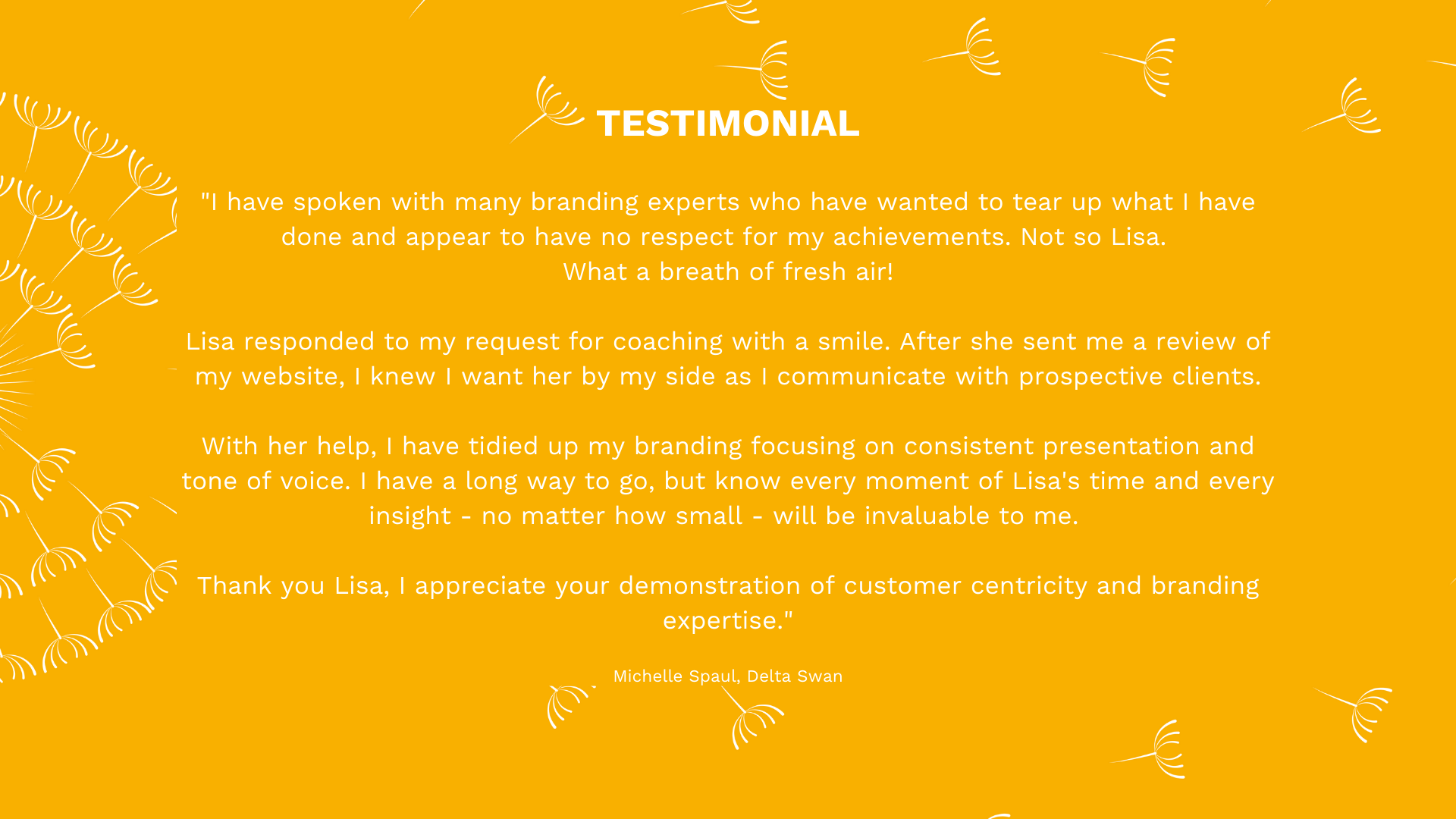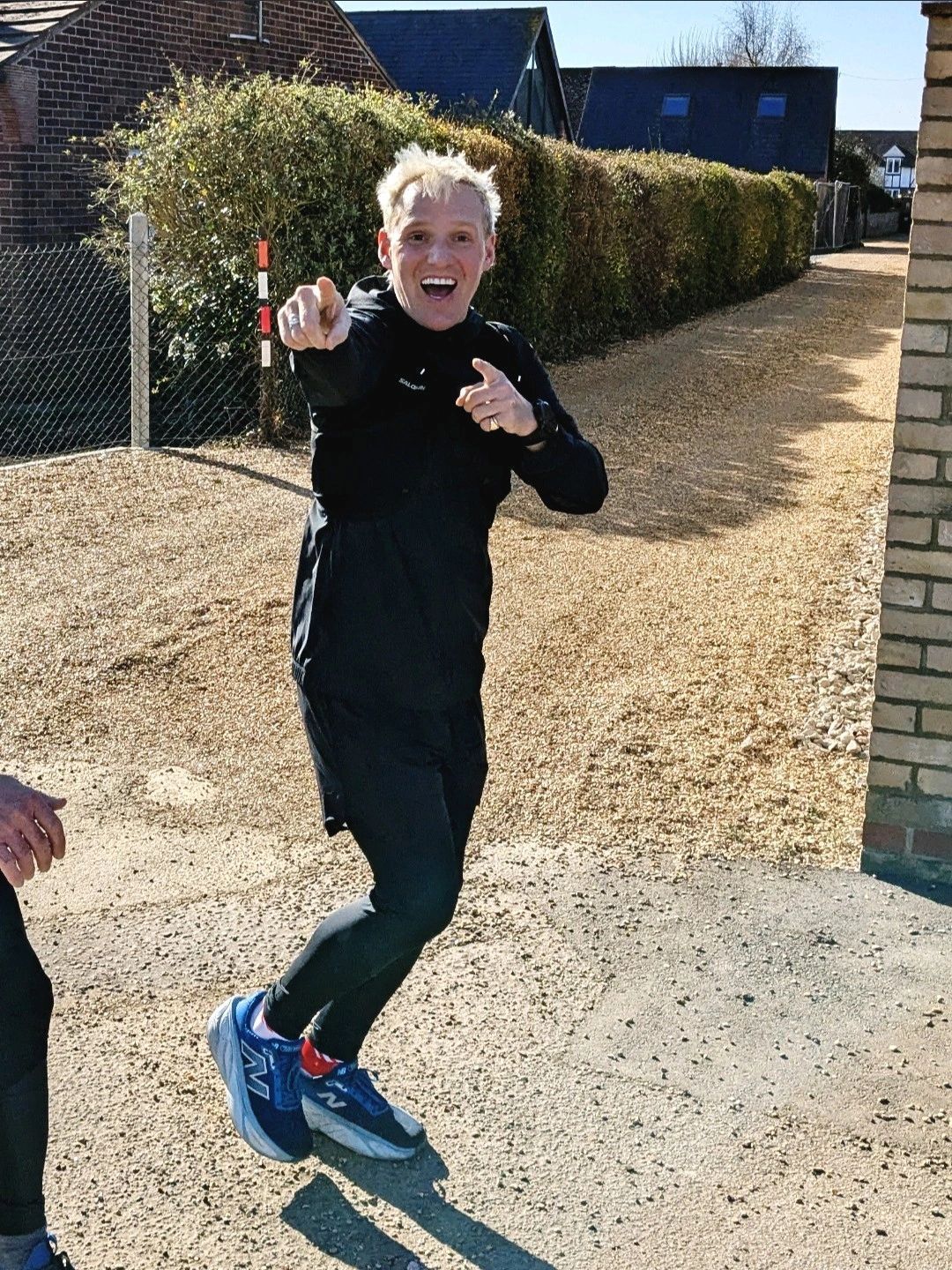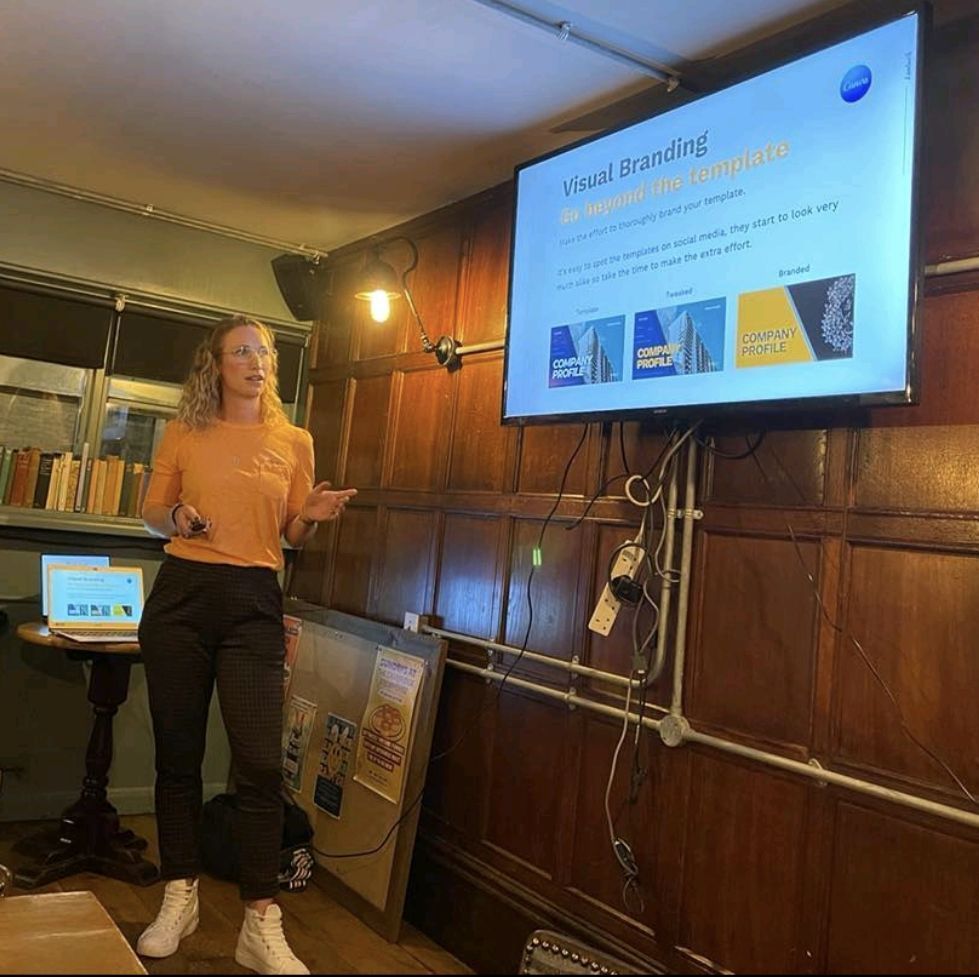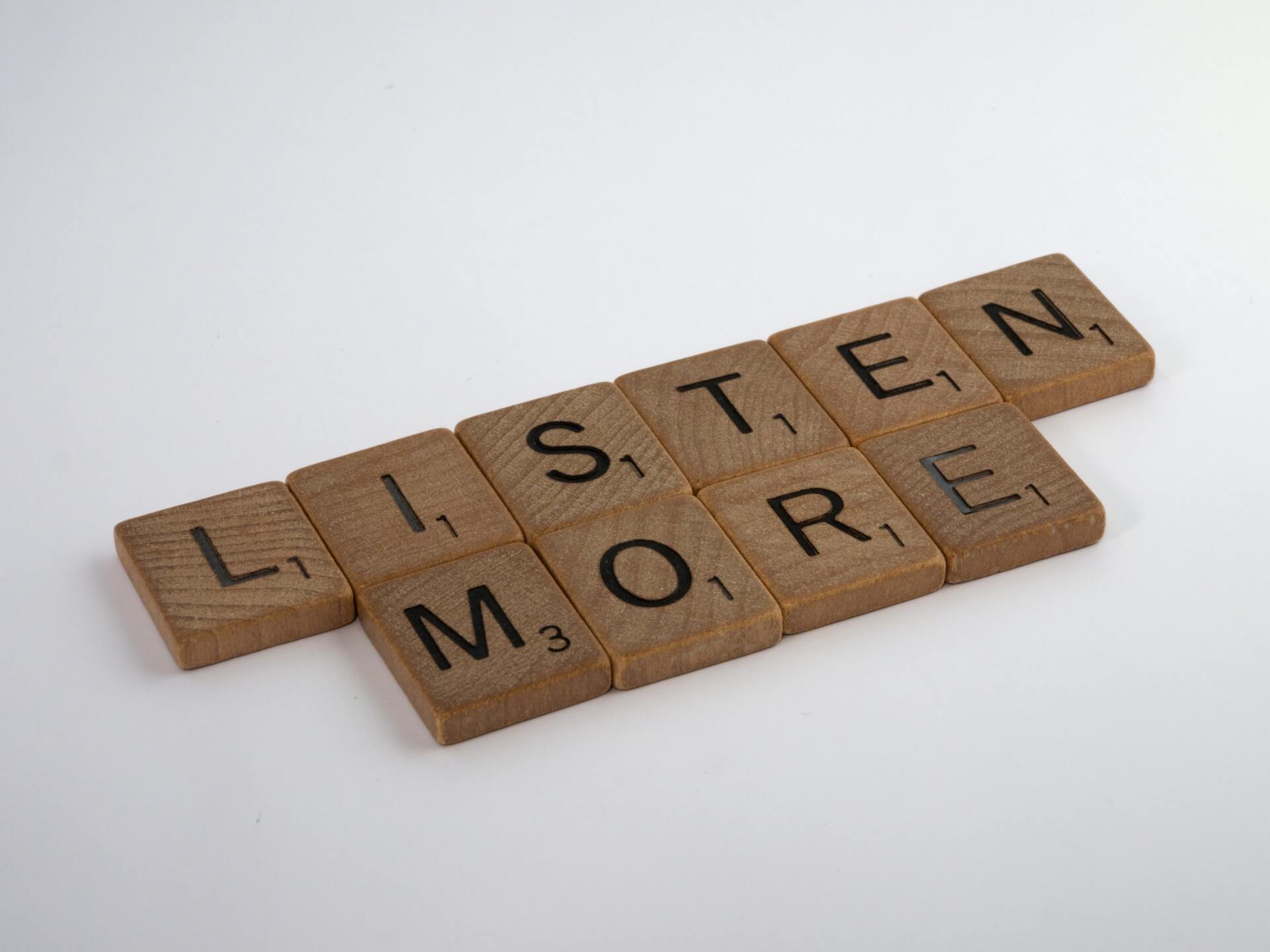FIVE Things To Consider In Your Content Marketing
What would I look for and consider if you asked me to review a piece of marketing content for you? Here are the top 5 things I’d be considering…
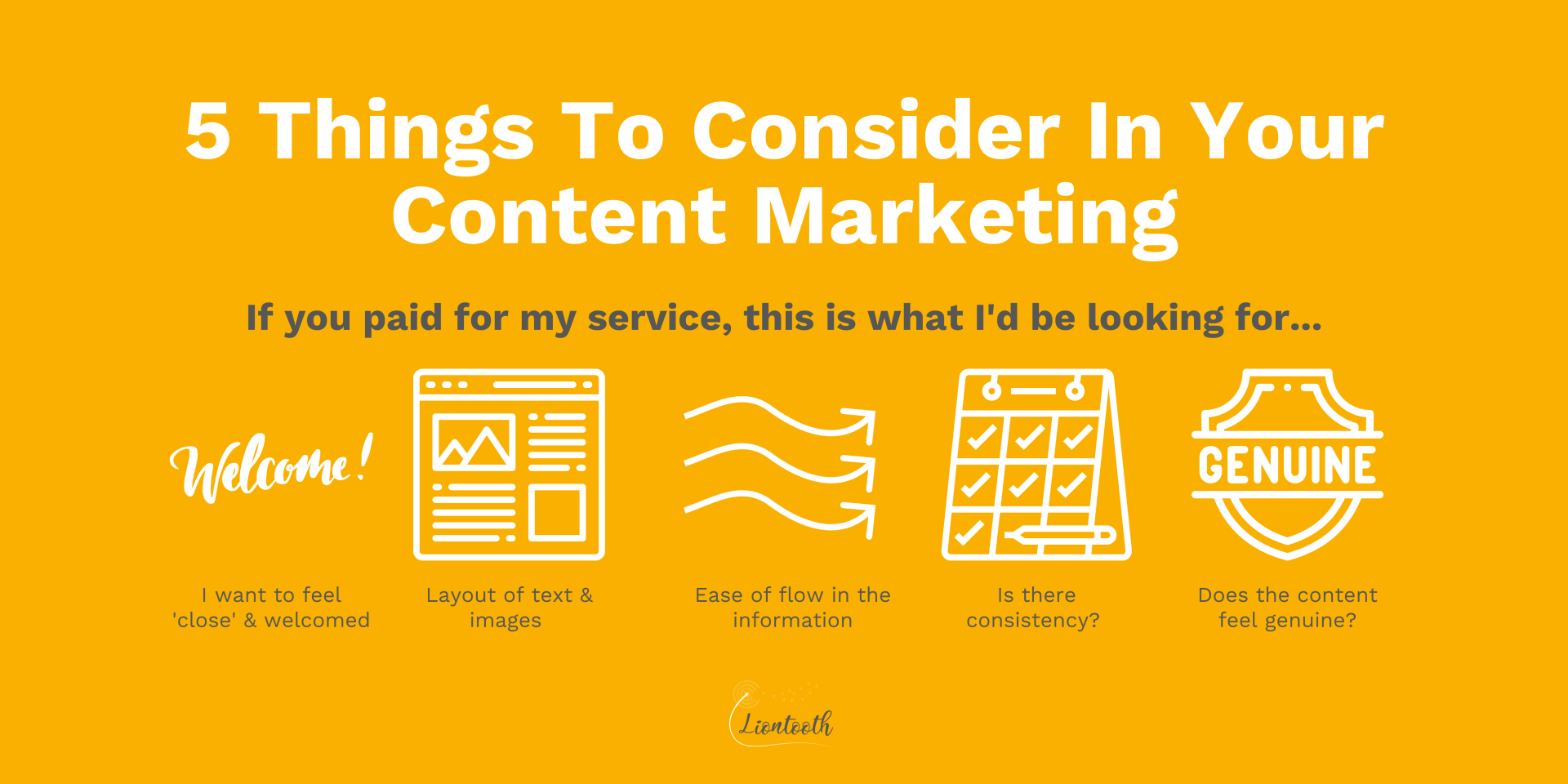
I want to feel 'close' to your brand and welcomed.
This might seem like a strange one but it’s part and parcel of content being easy to read; the language that’s used, the layout of the content and visuals used.
Some content is written in such a way that I feel like there’s a barrier stopping me from getting just close enough. I want to understand but the way the content is written is making it difficult. If I'm having to go back, re-read and un-pick the copy, I will give up and leave (unless you're my client...).
This barrier
is often created by:
- overly formal language
- acronyms that I'm not familiar with
- typos
- the use of the company name instead of ‘I/me/we’.
The use of YOU
instead of ‘they/their’ also helps to pull the reader in, make
them feel like YOU
(the person) are talking to THEM
(the individual). This instantly
brings your audience in and makes them pay attention.
Here’s an example of the more formal Vs the more personable -
‘Liontooth provides high quality branding services to small business owners in order to improve their ROI.’
‘I love working with small business owners, I want to help you see improved return on your investment – essentially doing less work for more money!’
What do you think? Can you FEEL the difference?
I'd be checking the layout of text and images - is it well-balanced?
To look at a screen or page and see BLOCKS OF TEXT is overwhelming and off-putting. It’s like standing at the foot of a mountain, knowing you need to get to the top to get the answer to your question.
There’s a trend to use ‘listicles’ (one of those great words that’s been invented…), Top 5s and generally much shorter sentences in marketing copy. These provide more bitesize and easily digestible options for consuming information. All marketing content is now written more like social media posts for this very reason.
This is on the basis that we’re all so busy nowadays and people want to be able to skim read, consume and run. I do - unless it’s for a client (obviously!) I’m terrible for skim reading and running. If your content isn’t easy to digest, your audience might end up misunderstanding and being misinformed.
In addition to this, we’re largely very visual beings. The boom in the trend for infographics and apps such as Canva support this idea. Use visuals, where you can. This will break up bodies of text, give a little mental refresh for your reader and create a little intrigue during a content skim read which will hopefully encourage them to go back and read more (or just read it properly, would be nice).
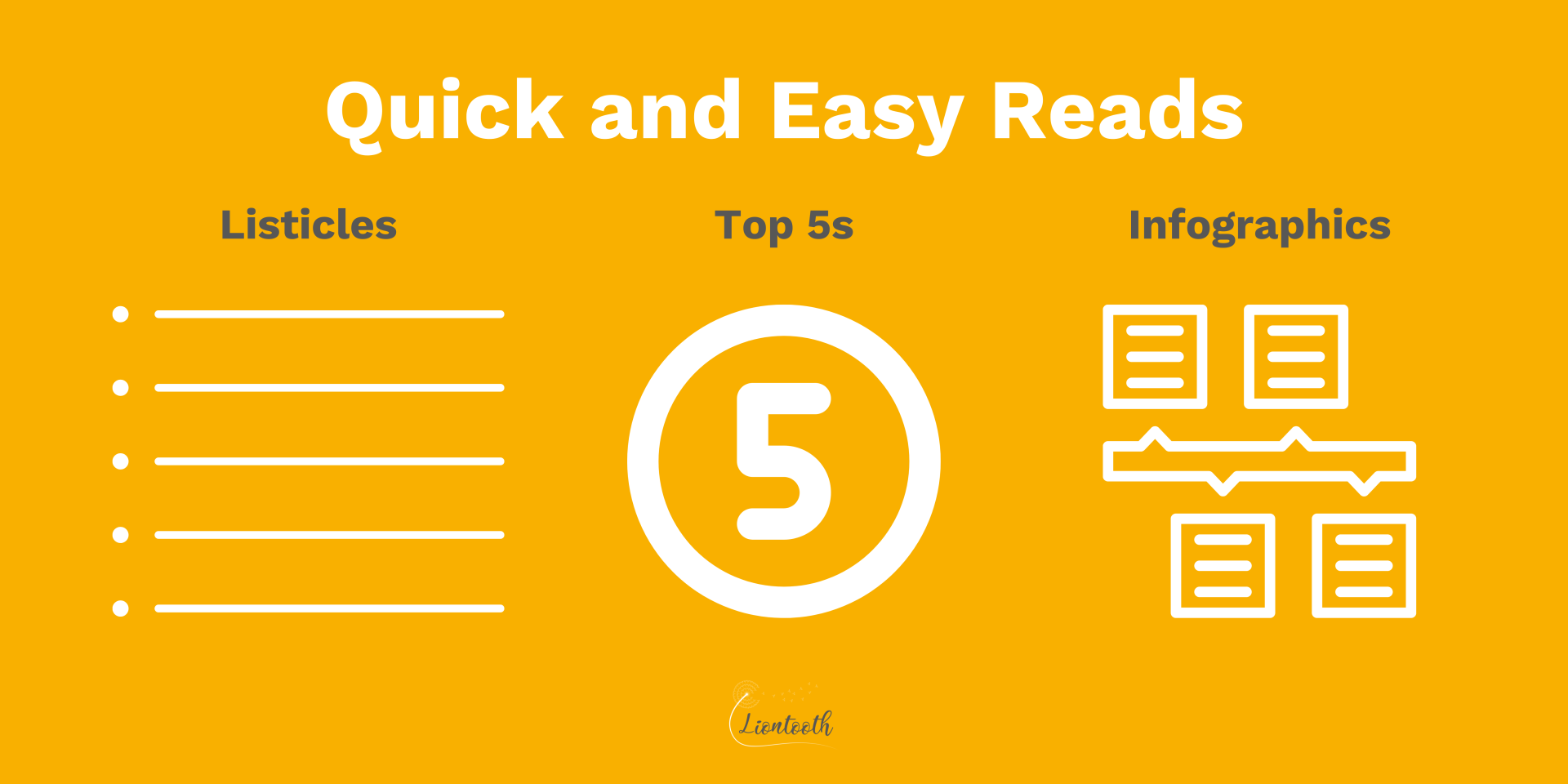
Ease of flow in the information :
When you’re reading a body of text, what are the things that make it feel clunky and difficult to ‘stick with it’? What are the things that make your brain have a little battle between ‘let’s bail out, this is too much hard work’ and ‘no, keep going, it might be useful’?
Firstly, if your audience is having that mental battle whether to stay or go now (I couldn’t help that, sorry) why should they stay? Really? Why should they carry on reading? Unless you’ve made the value 100% clear in that first sentence and they must make it to the end of your content to get that value, they’ll bail out. I only stick at reading something that’s hard work if I MUST read it - i.e. legal documents!
The content needs to flow with shorter sentences, well punctuated and easy to consume language.
This often means less formal language but I appreciate that isn’t always appropriate and very much depends on your brand personality and tone of voice. If this is the case for you, I can help you to get that balance right.
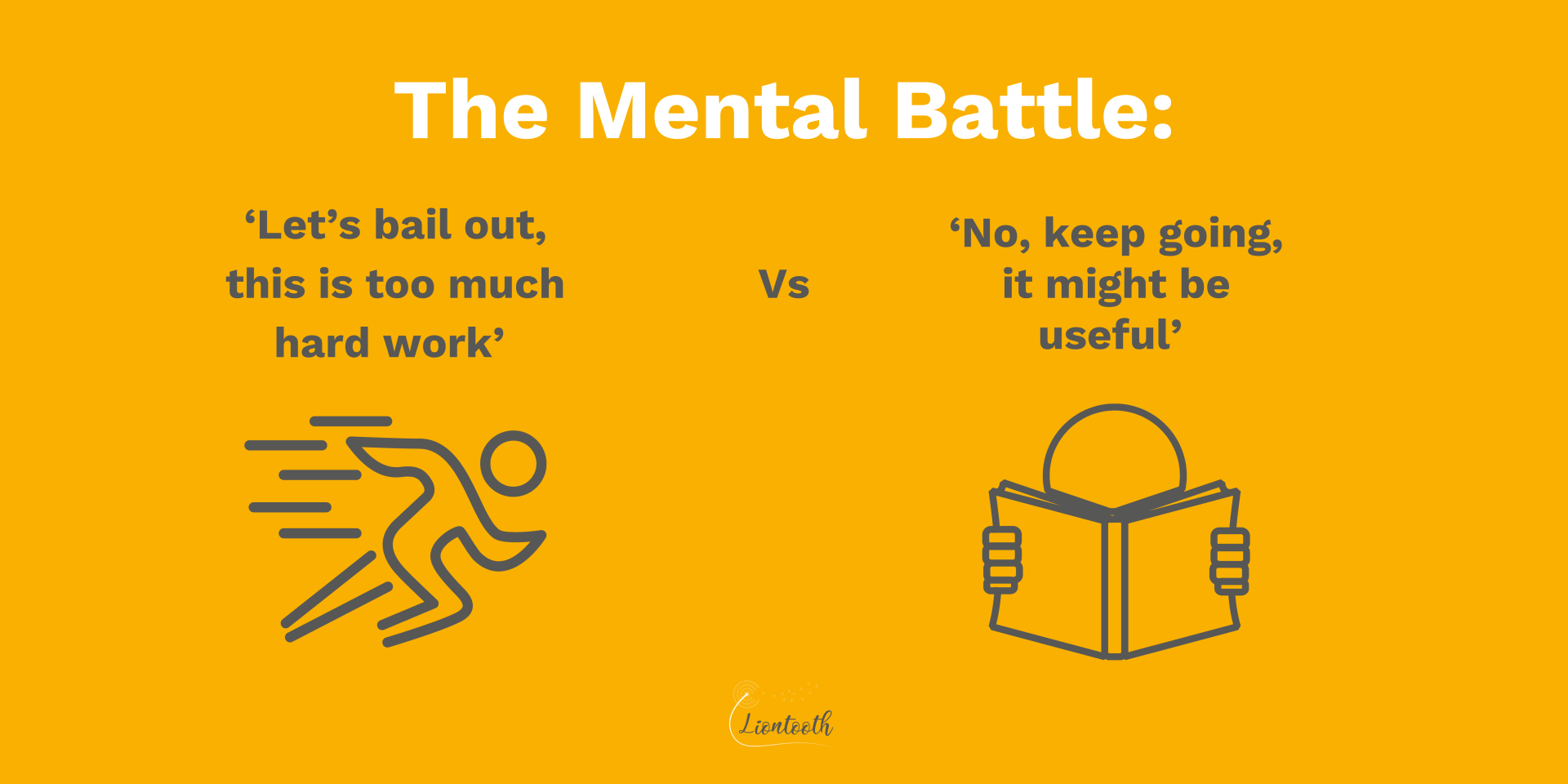
I’d want to feel that there’s consistency.
You hopefully have a defined brand tone of voice and personality (if you don’t, please let me help you) and this needs to be evident across all your marketing materials.
If you’re going to use ‘we/I’ and ‘you’, make sure you do that throughout, don’t chop and change between formal and personable styles. This will feel weird and clunky to your reader. It comes across as if you’re not really sure who you are or what you’re trying to say.
People are drawn to people who speak with unwavering confidence (not arrogance) and believe what they say. This is what you need to do with your audience. Make sure your content is written with such consistency that it never waivers.
If your content doesn’t consistently and accurately represent your brand, your audience will start to see red flags and wonder who you REALLY are.
Are you what you seem to be?
Are you what you say you are?
Yes, I’m just not great at conveying that.!
If that’s you, again, I can help.
I'd be looking to make sure the content feels genuine.
Following on from the consistency message above, your content needs to feel genuine. Use evidence where possible – often referred to as social proof. If you can get testimonials, reviews and user generated content to use in your marketing, you’ll find you get much better buy-in from your audience.
Again, going back to your brand, if you have values that you state and share, make sure that your content is aligned with these. There’s nothing worse than a brand that has some really nice and impressive brand values that are just never represented in their marketing materials.
Disingenuousness (I wasn’t sure that’s a real word but Google seems to approve!) is the biggest turn-off.
No one enjoys that, don’t do it.
Did you find this useful? Can you implement this on your own marketing content?
If you’re thinking ‘wow, that was so useful but I do NOT have the time or inclination to sort it out for myself’ – just drop me an email (lisa.ellison@liontooth.co.uk) and we can work something out together.
Here’s my little bit of social proof – you can find more elsewhere on my website if you’re still not convinced...
